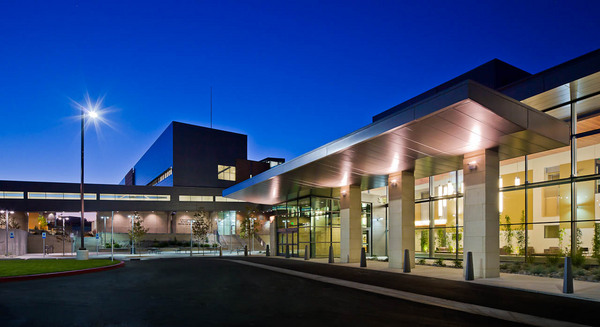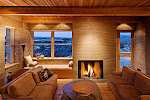There are allot of methods out there on the web like relying on "civil twilight" tables. IME any method that does not take into account the actually brightness of a given building is going to run into problems.
I don't base my exposure on the sky. I base exposure on the lights in or on (or both) the building and then wait for the sky light level to dim to my target balance. The constant is the building lights so IME that is what an exposure should be based on.
The other issue is ones shooting direction at twilight. If one is shooting towards where the sun set, the sky is considerably brighter than if you are shooting away from it. The difference is about 1/2 hour for that sweet balance. Many times this allows us to do two or even three perfectly balanced twilight shots of the same building in the same night if we move fast, one looking east, one looking north or south and finally then one looking west (this assumes a building with even lighting on the sides we are photographing).
Another issue is clouds. I know from experience that when clouds are present the right balance is going to happen earlier and we need to setup earlier. Again the constant is the building lights we control that by our exposure. The sky light changes-we control that by when we shoot.
I make my living doing these shots. It is my bread and butter. I oftentimes have flown halfway acros the country and only have one night to pull these off so I can't rely on any method that is not rock solid. The biggest problem we face these days are sensored lights in offices-some are motion and some are thermally triggered. On few buildings is there a central over-ride. This means we have to have someone periodically moving through these spaces to keep the lights on. On one shoot recently in Reno we had 64 offices in two adjacent building over three floors with motion sensors. The lights would stay on from 2-3 minutes and there was no over-ride. We figured we needed 4-6 people running around just to keep these on. We couldn't do it. Our client was in Vegas and did not have personel to contribute in Reno. Fortunately it was a secondary twilight and not the important one of the front. Here is the project: DPS (I'm not happy with how tight some of these shots have been cropped but..........). Images number 1 and 6 show the problem side. You can't really see it because of the angles, but that is actually two buildings connected by a catwalk.














No comments:
Post a Comment